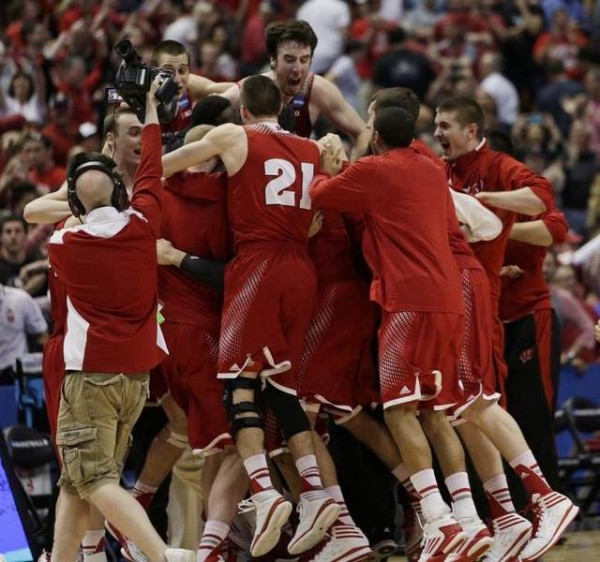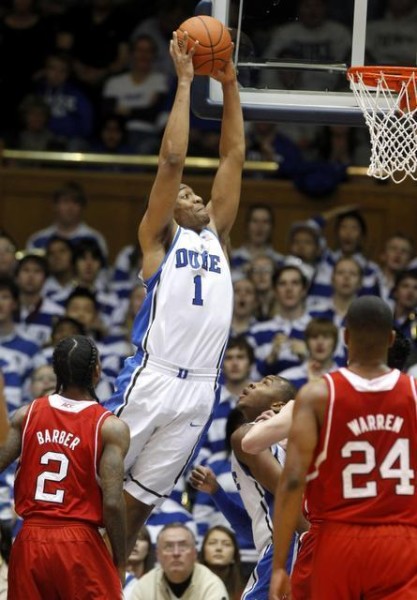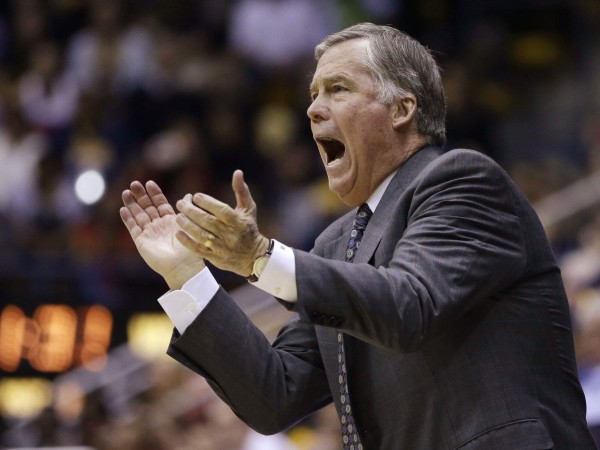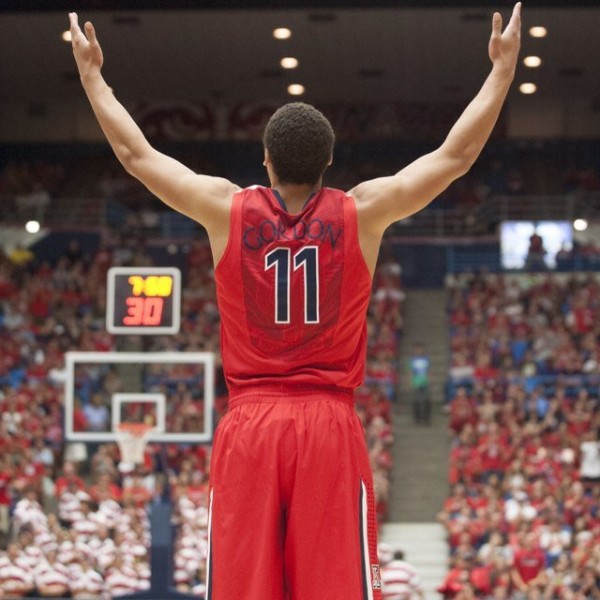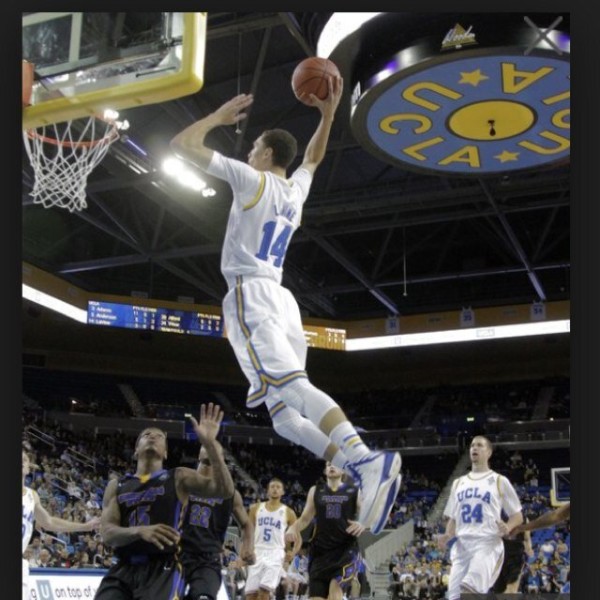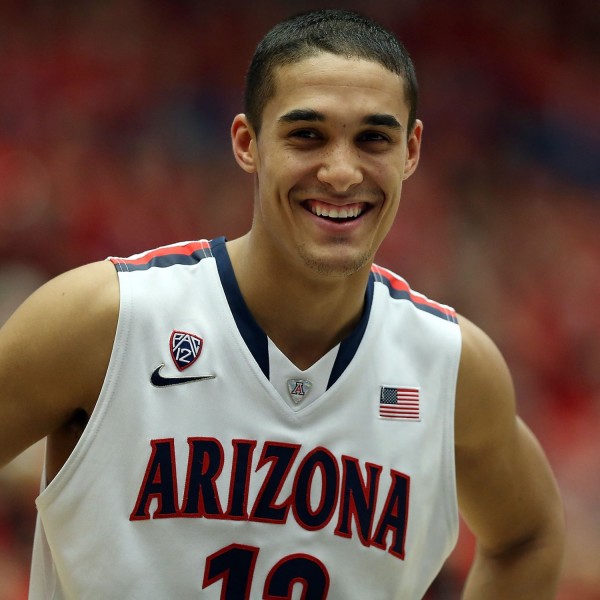Your Way-Too-Early 2014-15 Pac-12 Power Rankings
Posted by Andrew Murawa (@AMurawa) on April 9th, 2014Another season in the books; another Pac-12 disappointment. We’ve got plenty of time to look back on the 2013-14 season, but it is onward and upward from here as we briefly look ahead to next year. We’re still not entirely sure exactly which of the players we watched this year will move on to greener pastures, and there are sure to be some surprise transfers (both incoming and outgoing) ahead of us, but in the days after the national championship, it is time to start dreaming about the 2015 NCAA Tournament. Below are our way-too-early Pac-12 power rankings.

McConnell, Hollis-Jefferson, and Tarczewski, Among Others, Make Arizona The Pac-12 Favorite Again (Casey Sapio, USA Today)
- Arizona – Sure, Aaron Gordon’s stay in Tucson was brief. And yeah, Pac-12 Player of the Year Nick Johnson may join him in the NBA. But barring some surprises, five of the following six players are going to be comprising Sean Miller’s starting lineup next season: T.J. McConnell, Gabe York, Stanley Johnson, Rondae Hollis-Jefferson, Brandon Ashley, Kaleb Tarczewski. Goodness gracious sakes alive, that is a lot of talent. And, the West Regional will not be held in Anaheim next season, so let’s go ahead and pencil Miller and his Wildcats into his first-ever Final Four.
- Stanford – Johnny Dawkins and company broke through this year with their first NCAA Tournament appearance under the current regime. And while some important players move on, a returning nucleus of combo guard Chasson Randle, wing Anthony Brown and big man Stefan Nastic is solid. Throw in a recruiting class with four different four-star recruits (as ranked by ESPN) and a bevy of talented returning youngsters and we’ll make the Cardinal the best bet in the league to challenge the Wildcats. Read the rest of this entry »






























